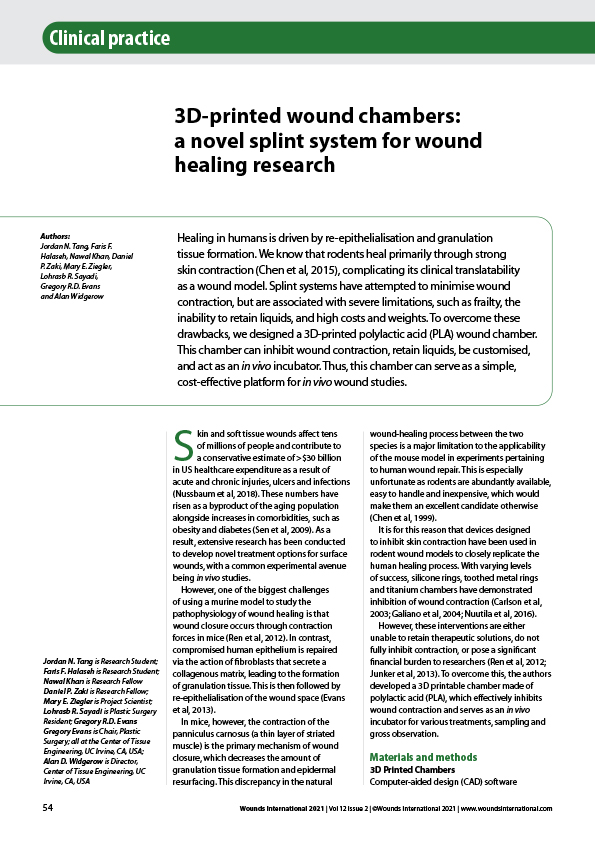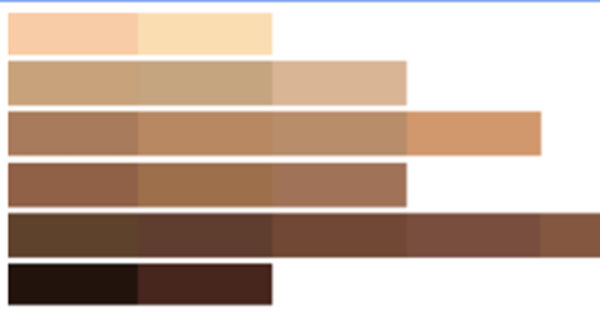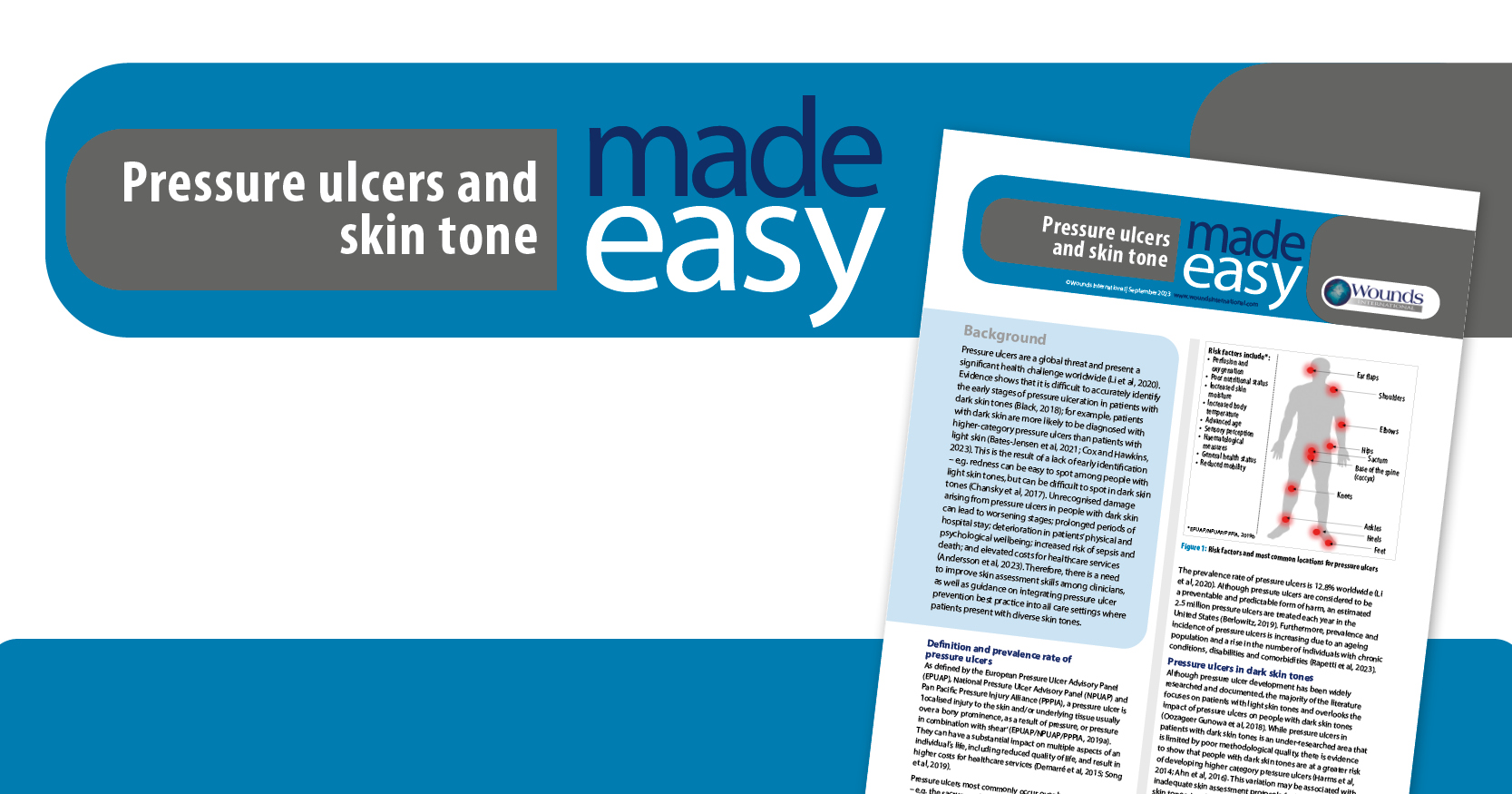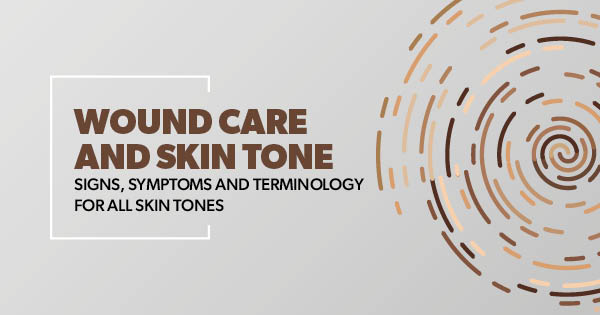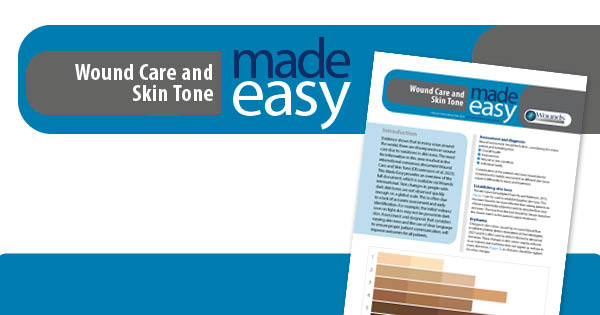Healing in humans is driven by re-epithelialisation and granulation tissue formation. We know that rodents heal primarily through strong skin contraction (Chen et al, 2015), complicating its clinical translatability as a wound model. Splint systems have attempted to minimise wound contraction, but are associated with severe limitations, such as frailty, the inability to retain liquids, and high costs and weights. To overcome these drawbacks, we designed a 3D-printed polylactic acid (PLA) wound chamber. This chamber can inhibit wound contraction, retain liquids, be customised, and act as an in vivo incubator. Thus, this chamber can serve as a simple, cost-effective platform for in vivo wound studies.

